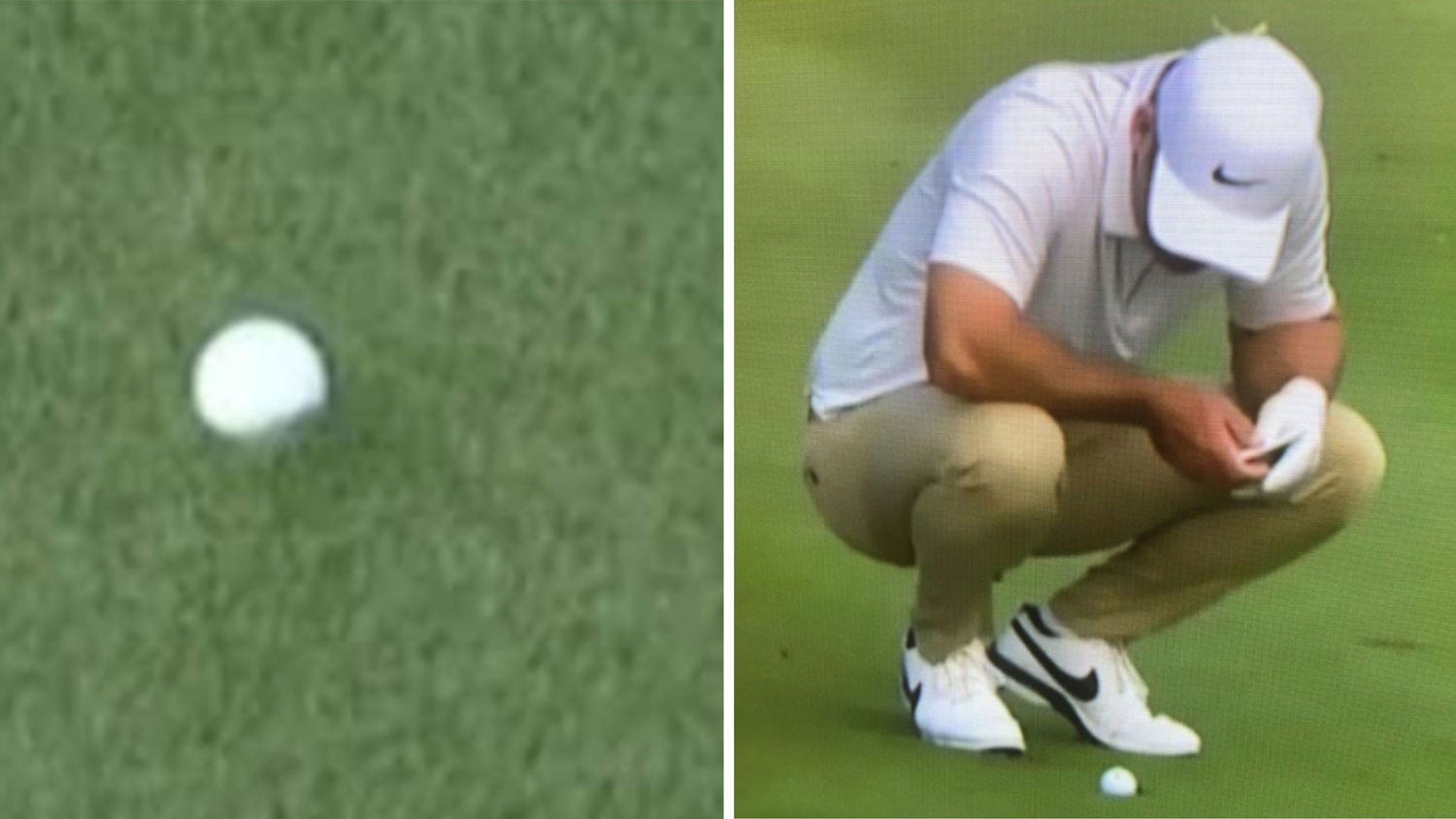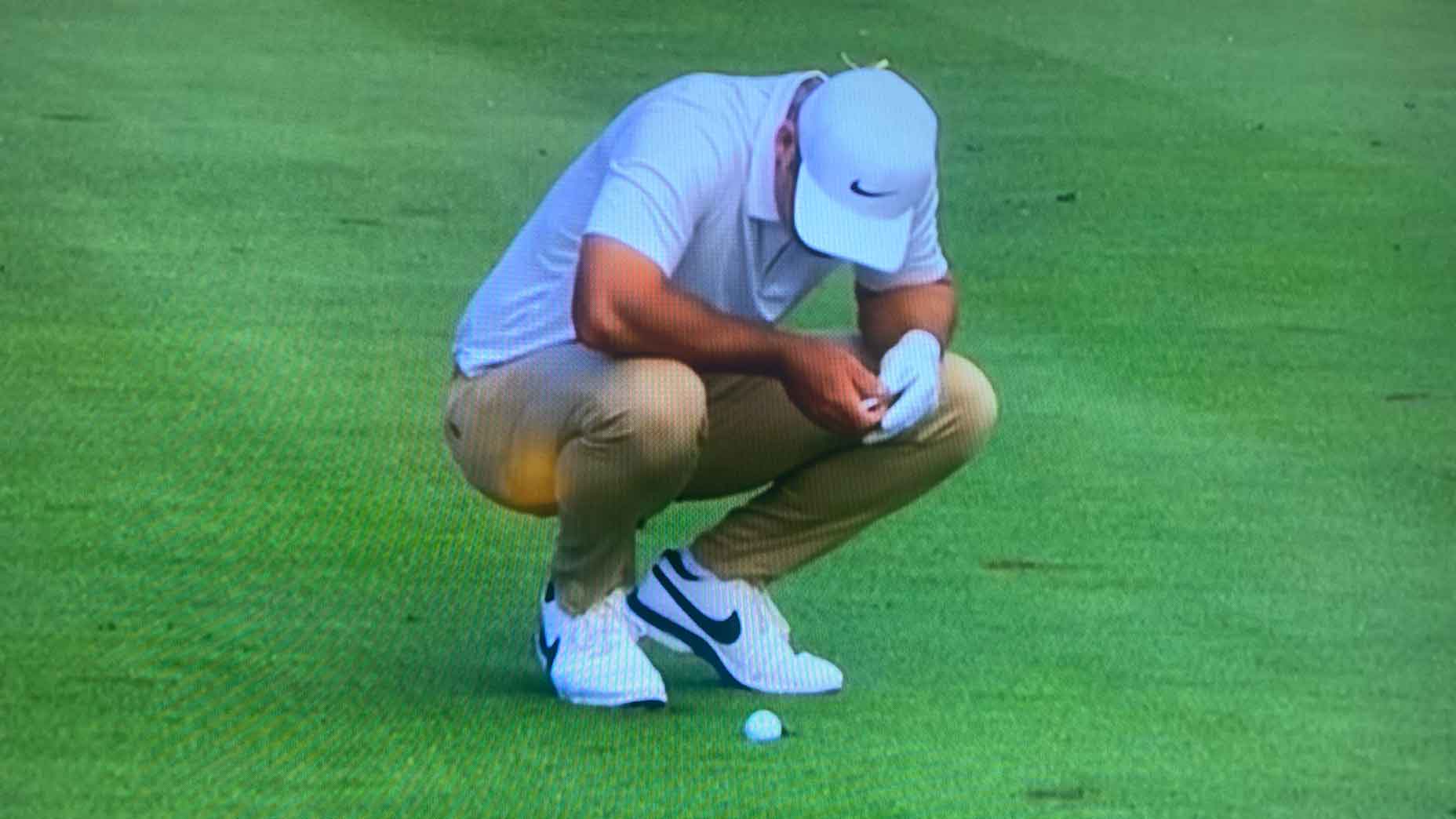There was no joy in Mudville. Mighty Casey was bummed out.
As in Paul Casey, whose drive on the 16th hole during Monday’s final round of the Players Championship split the fairway, only to draw an awful lie.
TPC Sawgrass wasn’t Mudville at this juncture; high winds had helped dry it out. But the course was soft in places, and Casey’s shot settled in a plug mark created by another player’s drive.
‘I have never seen that’: Players contender gets impossibly bad break in big momentBy: Zephyr Melton
Talk about unlucky.
And unlikely.
A ball landing in a divot is not uncommon.
But nestling in a plug mark? That almost never happens.
And it never should.
If your ball leaves a crater in the fairway, etiquette calls upon you to fix it.
Doing so is no more labor-intensive than repairing a pitch mark on the green.
In fact, it’s even easier, says David Phipps, a former longtime superintendent who now serves as Northwest regional representative for the Golf Course Superintendents Association of America.
You can do the job with a tee or a divot-repair device.
“But you can also simply step on that plug mark gently and flatten it out with your foot,” Phipps says.
Mark Immelman shares his 3 key tips for sand superiority on plugged liesBy: James Colgan
Just this word of warning: If your ball is lying directly behind the pitch mark, or anywhere near it, for that matter, it’s best to repair the mark until after you’ve struck your next shot. If you repair it prior to hitting, and you could be violating the Rules of Golf, which forbid players from improving conditions affecting the stroke, including lie of the ball, intended stance, swing or line of play. Did you gain an advantage? This is a judgment call.
The penalty is loss of hole in match play, and two strokes in stroke play.
That’s just FYI, relevant only in tournament golf and serious matches.
In a casual round, no one in your group is likely going to care when you repair a pitch mark in the fairway.
Because they care so much about etiquette, they’ll just be impressed that you repaired at all.












